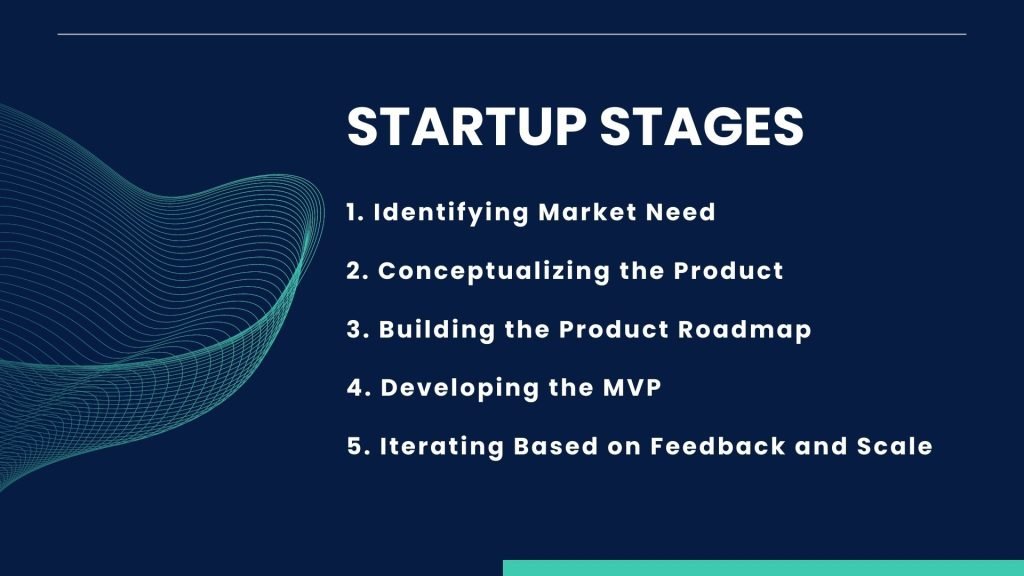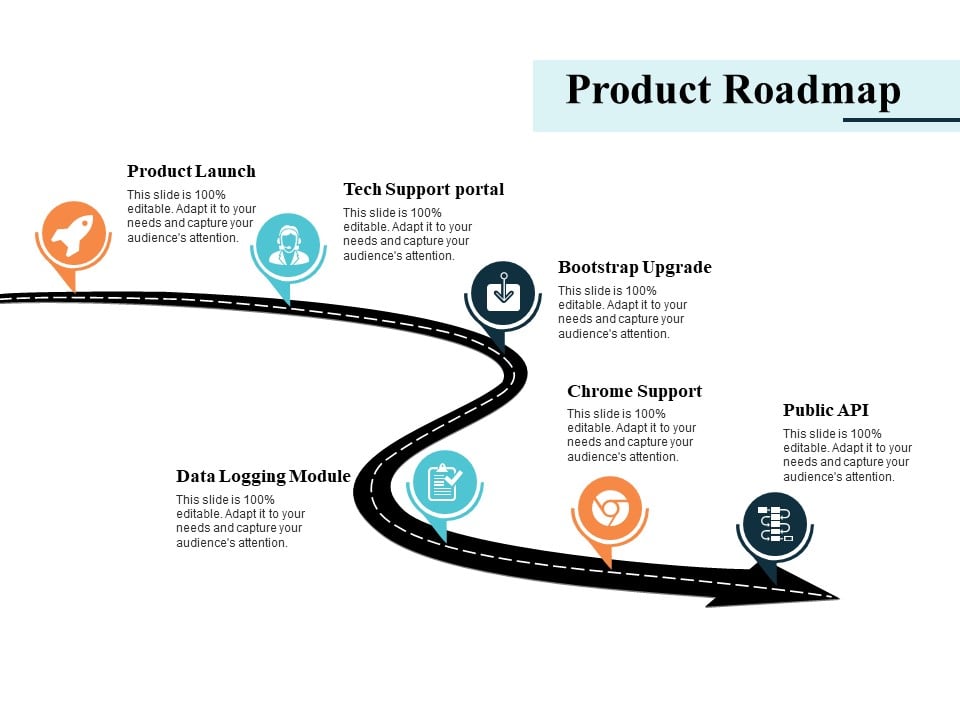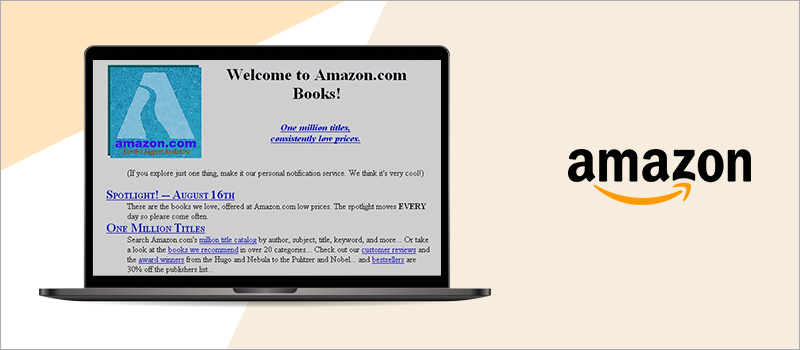Product-market fit happens when you build the right product to solve customer needs. Discovering the perfect product-market fit often distinguishes market leaders and top brands from the rest.
It’s a really simple concept, but it’s difficult to achieve in practice…
In this article, we will delve into the detailed steps involved in the product development journey. From identifying market needs to iterating based on feedback and scaling for growth, understanding and effectively executing each stage is crucial for building a successful product that meets customer demands and drives business success.

1. Identifying Market Need
The first stage of startup product development is identifying a genuine market need. This entails conducting thorough market research, analyzing industry trends, and understanding customer pain points. Engaging with potential customers through surveys, interviews, and feedback loops can provide valuable insights into their challenges and unmet needs. This stage lays the foundation for developing a product that solves a real problem and resonates with the target market.
2. Conceptualizing the Product
Once a market need has been identified, the next stage involves conceptualizing the product. This stage requires translating market insights into a clear product vision. Start by defining the product’s objectives, target audience, and unique value proposition. Brainstorm ideas and explore various approaches to solving the identified problem. Consider user personas, market size, and potential competition while shaping the product concept.
3. Building the Product Roadmap
With a solid product concept in place, the next step is to create a detailed product roadmap. This roadmap outlines the path from ideation to product launch and beyond, breaking down the development process into manageable phases.
Start by defining the core features and functionalities that will address the market need. Prioritize features based on their impact and complexity, taking into account development resources and timeline constraints. The roadmap helps align the team’s efforts, set milestones, and ensure a structured approach to product development.

4. Developing the Minimum Viable Product (MVP)
The development of a Minimum Viable Product (MVP) marks a critical stage in startup product development. The MVP is a stripped-down version of the product that includes essential features necessary to address the identified market need. It serves as an early prototype or proof of concept that allows startups to gather user feedback and validate assumptions. Develop the MVP iteratively, focusing on core functionality and ensuring a seamless user experience. The goal is to release the MVP to a select group of early adopters to gain valuable insights and validate the product-market fit.
“As you consider building your own minimum viable product, let this simple rule suffice: remove any feature, process, or effort that does not contribute directly to the learning you seek.” Eric Ries – Lean Startup
We sometimes go overboard when building the minimum viable product. We keep on adding feature after feature only thinking of the end product. What we should be thinking about is the core 20% features that will produce 80% of the value. What is the most minimal core feature?
AirBnb started as a spare air mattress in an apartment. Amazon started as an online bookstore.

Here is a list of 7 MVP that have turned into Billion Dollar Companies over the years.
5. Iterating Based on Feedback and Scale
Once the MVP is released, the next stage involves iterating based on user feedback and scaling the product for wider adoption. Analyze user feedback meticulously, paying attention to pain points, feature requests, and suggestions for improvement. Use this feedback to refine and enhance the product iteratively. Prioritize feature enhancements based on user needs and market demands. Continuously gather user feedback and conduct usability testing to ensure that subsequent versions of the product align with user expectations.
As the product gains traction, scalability becomes a focus. Prepare the infrastructure to handle increased user demand and ensure reliability and performance. Scale the product strategically, expanding user base and market reach. Leverage feedback and data-driven insights to drive ongoing product development, enhancing features, and addressing emerging needs. Explore opportunities for strategic partnerships and marketing initiatives to accelerate growth and maximize market penetration.

Conclusion:
Successfully navigating the stages of startup product development requires a meticulous approach that encompasses understanding market needs, conceptualizing the product, building a detailed roadmap, developing an MVP, and iterating based on user feedback and scale.
By executing each stage effectively and leveraging user insights, startup founders can build products that align with customer demands and drive business growth. Embrace an iterative mindset, remain adaptable, and use feedback as a catalyst for continuous improvement. With careful execution and a customer-centric approach, startups can achieve product-market fit, scalability, and long-term success in the competitive landscape of startup product development.
